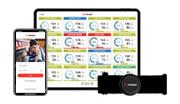
Physiological analytics is an important tool for strength and conditioning coaches, but their value doesn’t stop there. Head coaches can also better understand the overall balance of their players and its impact on performance.
“Physiological information about training and recovery reveals superbly what’s going on in the team in general. However, what goes through a player’s mind is just as important. In fact, estimating the physical and mental resources of the team is the most challenging part of my job”, says Lauri Merikivi, the head coach of JYP, the premier ice hockey team in Jyväskylä, Finland.
JYP has used Firstbeat Sports for years and same goes for Oulun Kärpät, the current Finnish Champion of ice hockey. Altogether over 1 000 elite teams worldwide are utilizing Firstbeat Sports to optimize their players’ performance.
“Analytics are a great aid for players. Data helps them to understand their bodies and achieve their full potential. For me, data helps to see the big picture”, says Mikko Manner, the head coach of Oulun Kärpät.
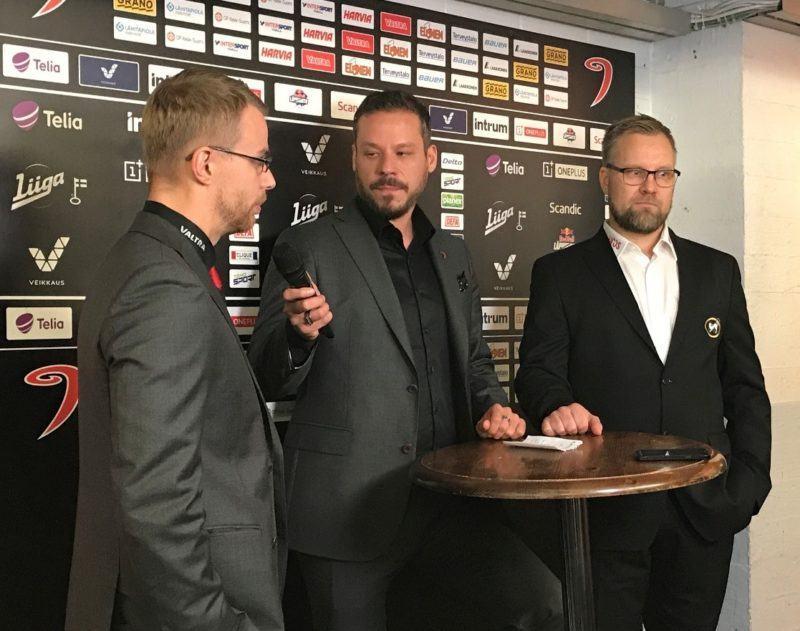
Lauri Merikivi (left), the head coach of JYP and Mikko Manner (right), the head coach of Oulun Kärpät understand the meaning of the players’ overall load during hockey season.
Goals are made during the game, but the real magic happens outside the games. It is the balance between training and recovery that counts.
“Before the season we make a plan about the overall load. It helps the whole team to understand how things are related. Our strength and conditioning coach takes care of the practical side, but I try to look after the overall well-being of the team as well”, Mikko Manner says.
“I Try to Understand Why Things Go as They Do”
Of course, head coaches should look after their own well-being as well. It is not always easy, since being an ice hockey coach in Finnish National League is a hard job. Irregular working hours, lots of travelling, a hectic schedule, sudden changes and high pressure coming from both inside and outside the organization are just some of the challenges..
“Work is really hectic”, admits JYP coach Lauri Merikivi.
For example, during a single hockey game, situations change fast, and the coach needs to react immediately – before it is too late.
The final minutes of the periods and the game are the most stressful for me personally. At that time my work is mainly done, and I just need to see what happens.”
Merikivi defines himself as an “analytic and calm” coach.
“I don’t react that strongly to single situations. Instead, I try to see the big picture and understand why things go as they do.”
Merikivi thinks that his ability to make decisions is highest when he doesn’t let emotions to take over too much.
Colleague Mikko Manner, instead, says that he lives every moment of the game.
“I report and comment on the game a lot, but I try to be supportive at the same time. I am a passionate coach that stands for his own team and concentrates on it”, says Manner.
Interested in the challenge of load management in ice hockey? Listen to the Firstbeat Sports Podcast
Heart Rate Tells the Truth
The former is what the head coaches think. But what is the case in real life?
Firstbeat measured the heart rates of both coaches, as a part of an JYP-Kärpät ice hockey game, and the result was surprising.
The heart rate of the “analytic and calm” Merikivi was above the HR of “passionate” Manner the whole game: Merikivi’s average HR 86 bpm, Manner’s average HR 78 bpm.
Particularly at the beginning of the game, Merikivi’s HR was high compared to his colleague who was calm as a millpond. Moreover, during the last minutes of the game JYP coach’s HR was between 110-120 bpm, whereas Manner’s HR didn’t increase until the buzzer sounded – and his team won the game 1-0.

The HR of Lauri Merikivi (blue) was clearly higher than Mikko Manner’s (green), although both coaches were fairly cool and calm during the game.
Of course, the overall situation of the coaches might have affected their heart rates: where Mikko Manner’s team had taken win after win, the start of the season had been a huge struggle to Merikivi and his team.
Measuring the HRs of the head coaches during a game was a part of a fan engagement experience. In addition to coaches, the HRs of players, a referee, a TV-commentator, a photographer and a team mascot were measured.
And the feedback from the fans was great – they really enjoyed comparing the heart rates inside and outside the rink.
So, in addition to essential information to coaches and players, HR data can give some valuable insight for ice hockey fans as well.
To learn more about player recovery, and how to monitor it effectively download the free Firstbeat guide to Understanding Athlete Stress and Recovery.
If you liked this article, you should subscribe to our mailing list.
You might also be interested in
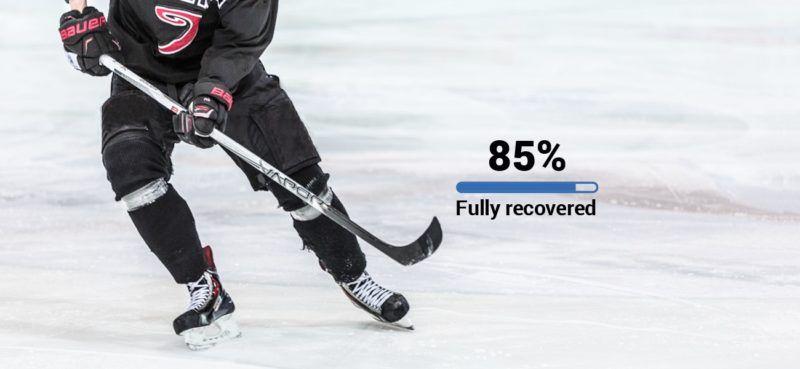
How Away Fixtures and Road Trips Impact Player Recovery
Recovery is crucial when facing a hectic fixture schedule. That’s why getting it right during road trips is so important.
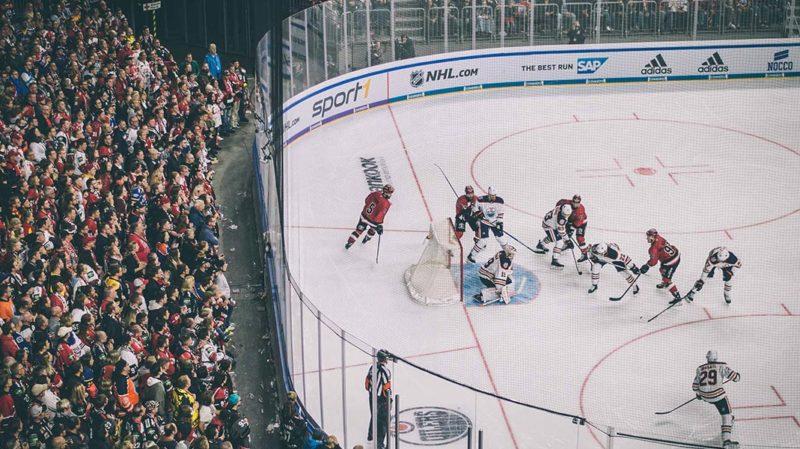
NHL Spectacle in the Cologne Shark Tank
Firstbeat Sports users Cologne Sharks took on the Edmonton Oilers in Cologne this month as part of the NHL Global Series.
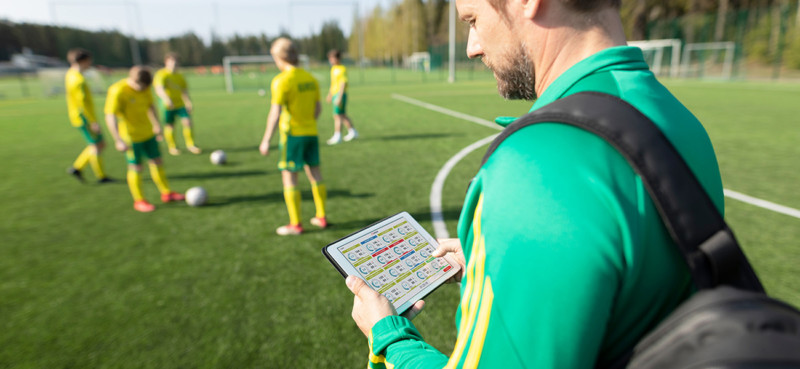
Understanding Athlete Training Load: The Benefits of Real-Time Monitoring
Real-time monitoring offers insights that inform decisions like adjusting the intensity and layout of the ongoing practice to make sure predetermined targets are met.



